The Simple Art of Slow Living
Slow living is a lifestyle philosophy that encourages a more intentional, mindful, and deliberate approach to life. It’s about slowing down to appreciate the present moment, fostering meaningful connections, and prioritizing quality over quantity in all aspects of life.
If you’re anything like me, learning the art of slow living may have been something completely foreign or challenging to embrace.
Before I fully embraced country living, I was enthralled deep inside of the hustle culture. But all of that has changed now that I’ve learned the art of slow living.
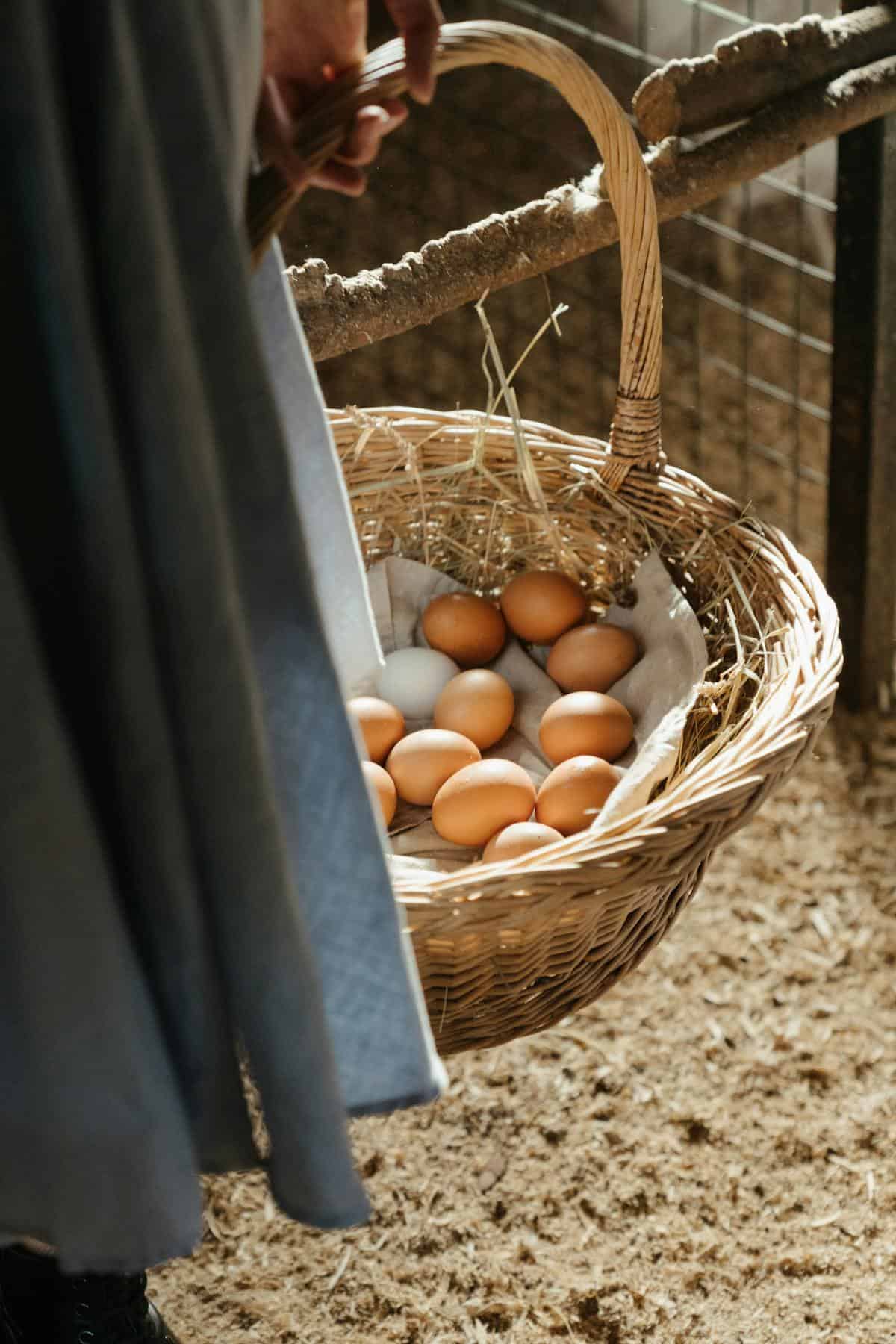
What is Slow Living?
Slow living in relation to the homesteading lifestyle is about embracing a simpler, more intentional way of life that prioritizes quality over quantity.
It involves living in harmony with nature, being self-sufficient, and taking the time to appreciate the process of doing things by hand.
And one thing that I’d like to add, this way of living is not idle or lazy. It’s full of hard work, but not full of the super toxic hustle culture & boss babe attitudes that has contributed to unhealthy and stressful habits.
A few things that has really helped me to learn to live a bit more intentionally, simplify, and slow down are my faith in God, homesteading, and homeschooling.
We follow a Charlotte Mason method of homeschooling here. And taking the time walk through and observe nature with my children has been so beneficial to my personal sense of wonder & mental health.
So, let’s chat a bit about what slow living entails and how it relates to homesteading.
Mindful Consumption
Slow living in homesteading encourages mindful consumption, focusing on using what you need and making the most of resources. This can involve growing your own food, preserving the harvest, and reducing waste.
The modern world focuses so much on consumerism and having the newest tech gadget, fanciest cars, trendiest fashions.
Instead, with this lifestyle, you may even consider reducing most of your possessions in order to embrace a more simple life.
Some of us have even limited the amount of tech *ahem, smartphones* and other unwanted distractions in our lives.
Personally, I don’t use social media. And anytime, I’ve tried to go back on any social platform, I get overwhelmed and waste SO much time on useless distractions.
I’m sure that this isn’t for everyone. But…it has done wonders for me.

Self-sufficiency
A core aspect of homesteading is self-sufficiency, which aligns with slow living by fostering skills like gardening, raising animals, making your own household products, and relying less on commercial goods.
And when we mention a self-sufficient life, we don’t mean one dependent completely on ourselves either. But instead work hard to provide for our family with the gifts and talents that God has given us.
To me, a self sufficient life means that we rely less on conventional and convenience items, and choose healthier alternatives – even if that means making or growing them ourselves.
Related: Getting Started with Natural Cleaning Products
Connection with Nature
Slow living encourages a deep connection with nature, which is integral to homesteading. Whether it’s through tending to a garden, caring for animals, or simply enjoying the outdoors, homesteaders often find peace and fulfillment in natural rhythms.
Something else that is definitely missing in today’s modern world – the art of seasonal living.
Both slow living and homesteading emphasize living with intention. This means making deliberate choices about how you spend your time, focusing on what brings you joy and fulfillment, and slowing down to enjoy the simple pleasures in life.
Again, unplugging from devices regularly does wonders to bring one back into focus on what’s truly important in life.
As homesteaders, we spend a lot of time in nature and let me tell you, it is a definite mood booster. Just taking time to sit with the animals, spend time in the garden, or even taking a walk around the property to listen to the birds — all of these do wonders for our mental health.

Focusing on Relationships
Slow living places a high value on relationships and community. It encourages nurturing deep, meaningful connections with others and engaging in communal activities that foster a sense of belonging.
Homesteading communities often embody this by exchanging goods, skills, and support.
Want to save this?
Spending time unplugged and engaged with family and loved ones is key. How sad is it that because of the current culture, we have to intentionally set time aside to unplug and disconnect from devices?
Regular nature walks is one of our favorite ways to spend time together and connect.
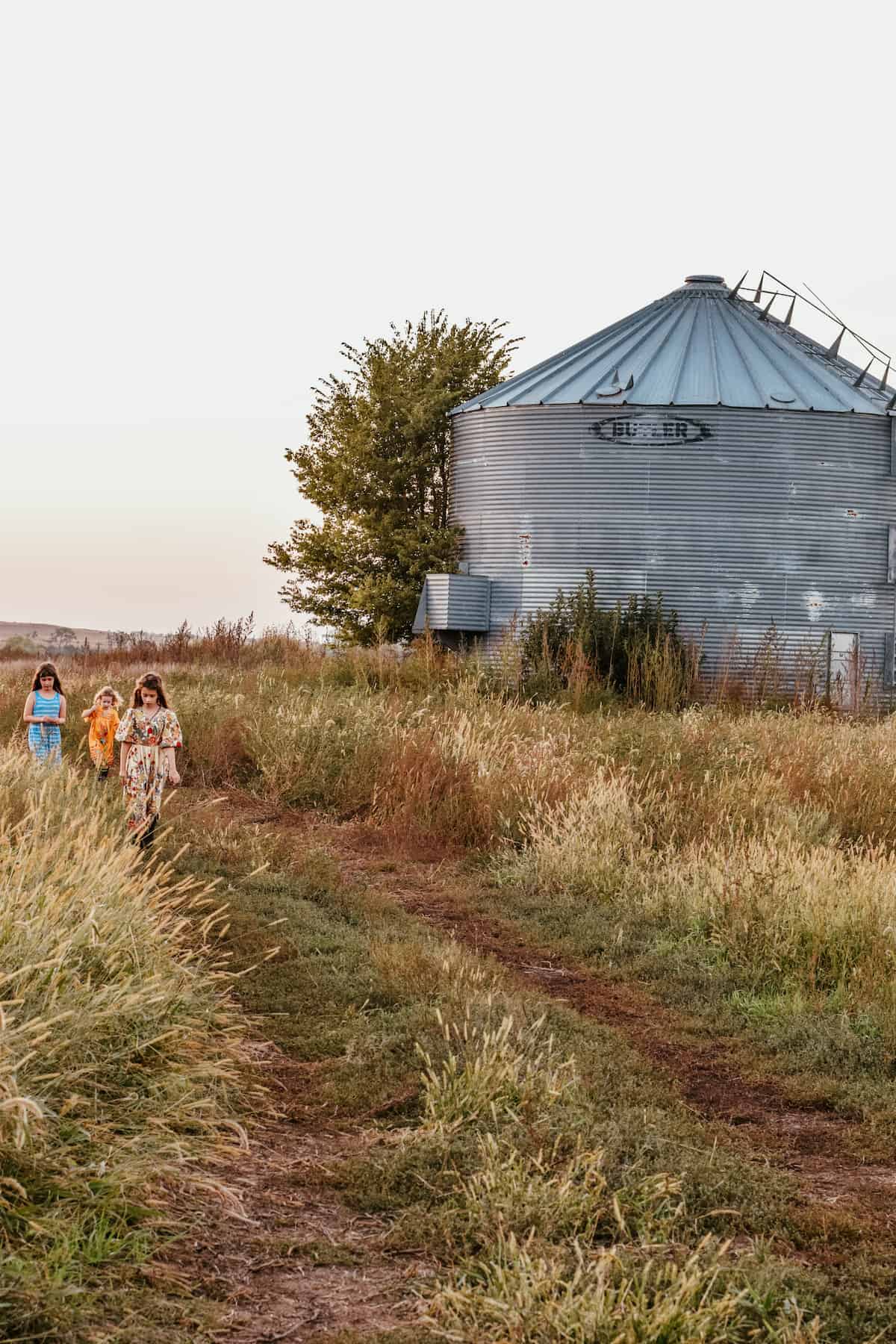
How to Begin a Slow Living Lifestyle
Beginning a slow living lifestyle can be a transformative experience. But changes don’t necessarily happen completely overnight. Understand that it’s okay to have setbacks or to not live perfectly slow all the time.
Here are some tips to help you get started:
Start Small
- Choose one area of your life to slow down, whether it’s your morning routine, mealtime, or weekends.
- Start with small, manageable changes that can be gradually expanded.
- Embrace the fact that transitioning to a slow living lifestyle takes time and patience. Allow yourself to move at your own pace.
Prioritize What Matters
- Reflect on what’s most important to you—relationships, health, creativity, or nature—and align your lifestyle with these values.
- Cut back on non-essential commitments to make time for what truly matters.
Slow Down and Focus
- Cultivate slow living by focusing on the present moment. Whether you’re eating, walking, or working, try to fully engage with the task at hand. (How often we’ve been distracted by devices, tv, etc.)
- Slow down & get rid of hustle mentality — Consciously slow your pace, whether it’s how you walk, talk, or move through your day.

Declutter & Simplify
- Physical Decluttering: Clear out unnecessary possessions to create a more peaceful, organized living space.
- Mental Decluttering: Reduce mental clutter by limiting distractions, such as excessive social media or multitasking.
Practice Intentional Consumption
- Opt for fewer, higher-quality items that align with your values, and avoid impulse purchases.
- Support Sustainable Brands: Whenever possible, support companies and products that prioritize sustainability and ethical practices.
Reconnect with Nature
- Spend Time Outdoors: Make it a habit to spend time in nature, whether it’s through gardening, walking around the yard or park, or simply sitting outside.
- Bring Nature In: Incorporate natural elements like plants, wood, and natural light into your living space. This does so much especially during the winter months.

Create Rituals & Daily Rhythms
- Daily Rituals: Establish simple daily rituals that bring calm and joy, like morning coffee or an evening walk.
- Seasonal Celebrations: Mark the changing seasons with meaningful traditions, like seasonal cooking or nature walks (definite favorite of ours).
Nurture Relationships
- Prioritize Connections: Make time for meaningful conversations and connections with family and friends.
- Limit Digital Interaction: Reduce time spent on digital communication in favor of face-to-face or phone interactions. And if possible, consider limiting (and even eliminating) tech devices in general.
Embrace Slow Food
- Cook at Home: Focus on preparing meals from scratch, using fresh, seasonal ingredients. Have a baking party with friends, family, or loved ones. This is such a favorite thing to do during the busy holiday season.
- Savor Your Meals: Take time to enjoy your meals without rushing, appreciating the flavors and the process.
Related: be sure to check out our recipe index for loads of from scratch recipes, using real food ingredients.
Unplug Regularly
- Set Boundaries: Designate specific times to unplug from technology, such as no screens during meals or a digital detox day each week.
- Engage in Offline Activities: Spend time on offline activities that bring joy, like reading, crafting, or outdoor hobbies.
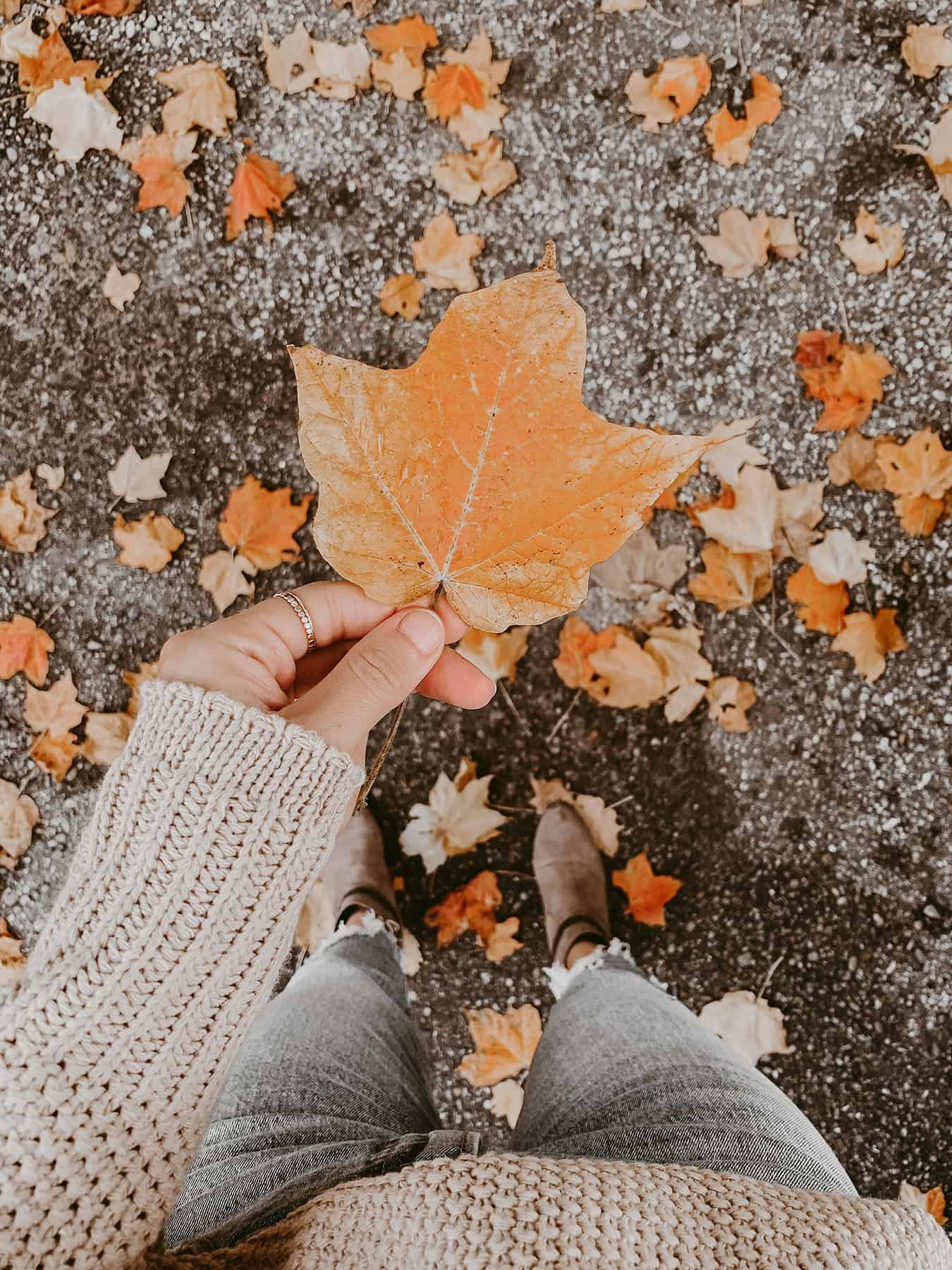
Practice Gratitude
- Daily Gratitude Practice: Incorporate a daily practice of reflecting on what you’re grateful for, which can help you appreciate the present moment. Praying & keeping a gratitude journal is often very helpful.
- Celebrate Small Wins: Acknowledge and celebrate small achievements and positive moments throughout your day.
Focus on Well-Being
- Prioritize Self-Care: Make time for self-care practices that nourish your body, mind, and spirit, such as prayer, meditation, or simply resting.
- Get Enough Sleep: Ensure you’re getting enough rest by establishing a calming bedtime routine and a consistent sleep schedule.
Starting a slow living lifestyle is about making intentional choices that align with your values and bring more peace and fulfillment into your life. Over time, these small changes can lead to a deeper, more meaningful way of living.

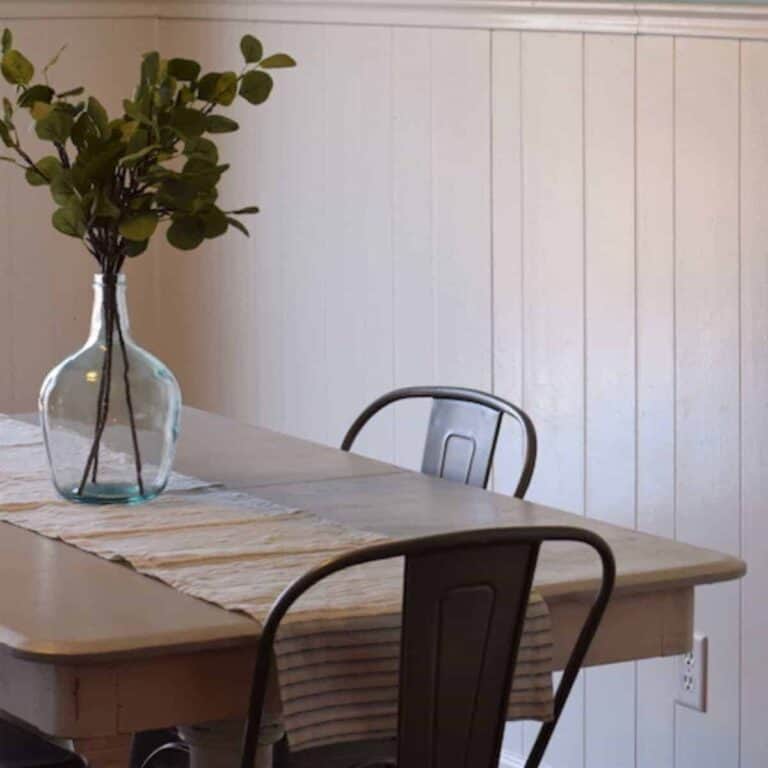
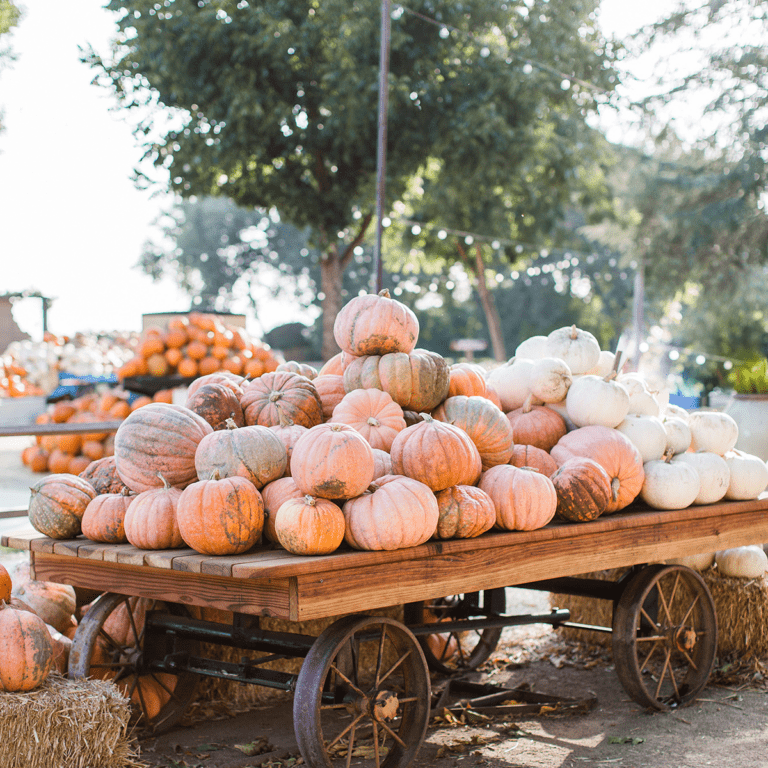
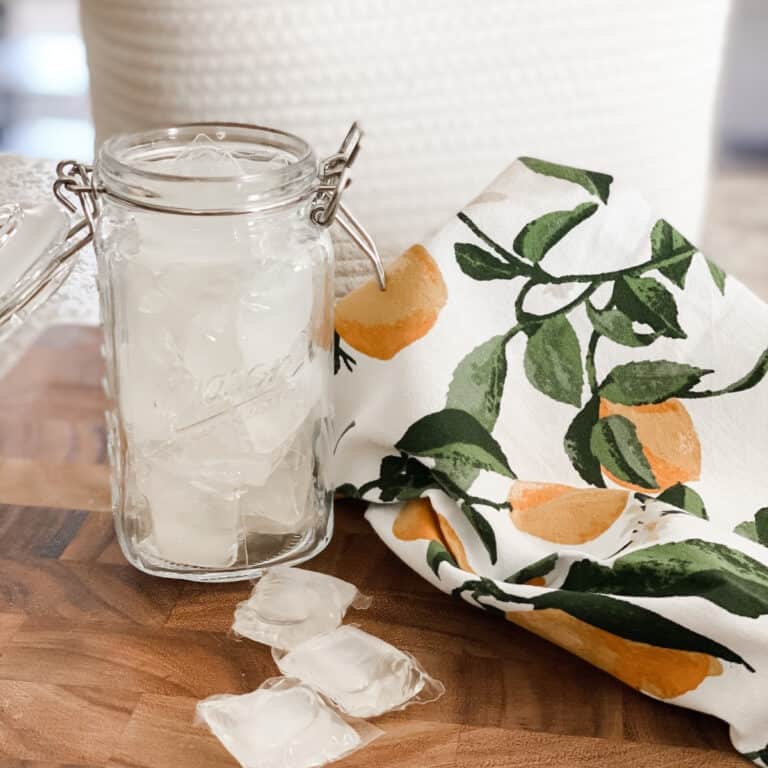
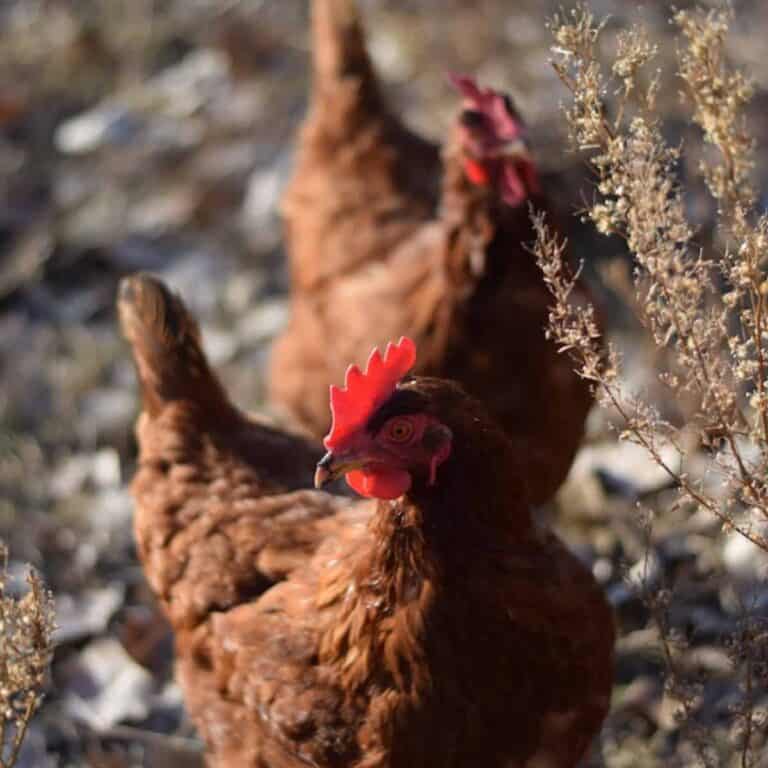
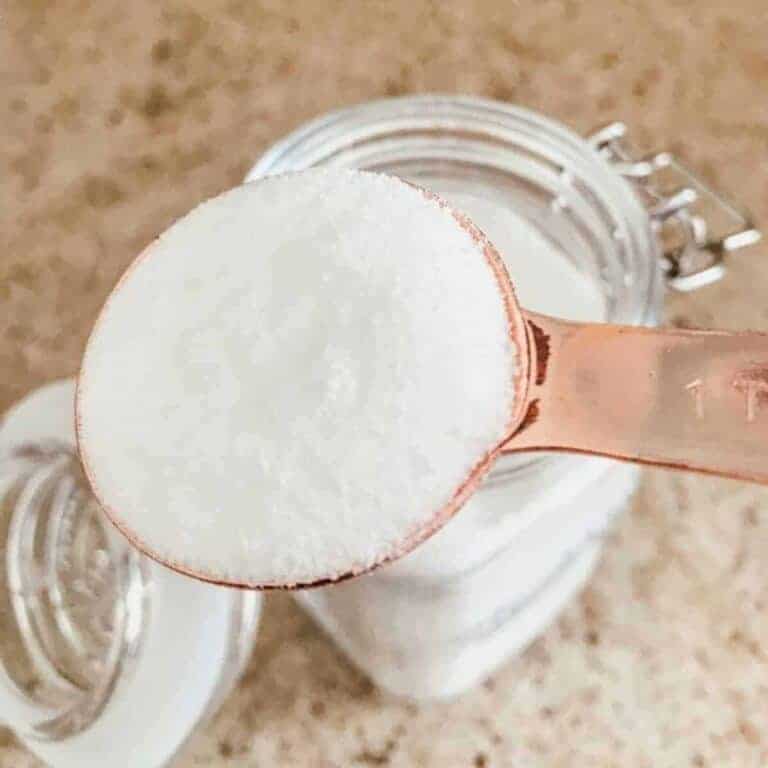

Mary, you are an inspiration to this 73 year old.
Aw, thank you! 🙂